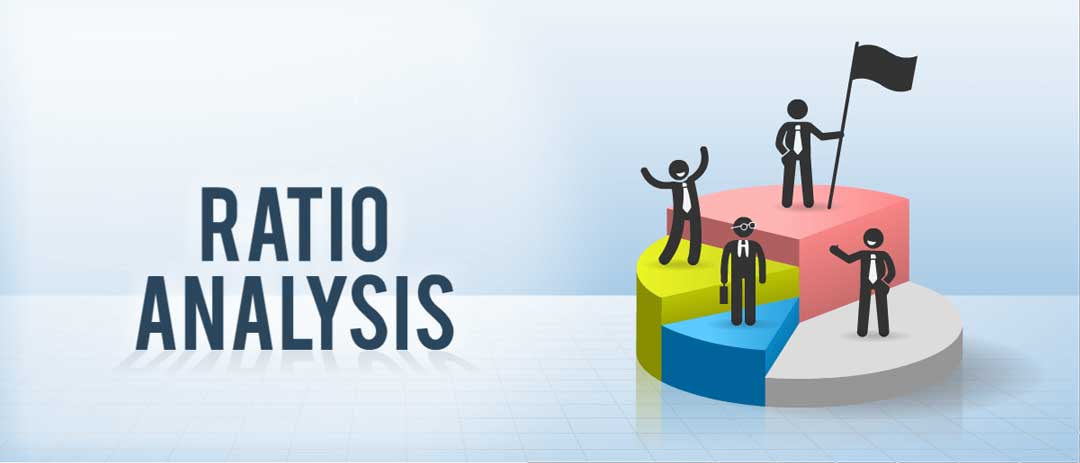
Financial statements’ analysis consists of a comparative study of accounts’ relations and trends to determine a company’s economic and financial position.
There are methods to analyze, simplify, understand and value the information to know the changes year by year.
We can use several methods, and even each one works independently, they work together with the others. The analyst or the interested party in analyzing financial statements can choose which one fits well to have an accurate analysis based on its objectives.
An internal or external analysis must indicate the possibilities to obtain profit and prove a company’s solidity.
Reasons to analyze financial statements include satisfying obligations, reaching commercial opportunities, making expansions with existing resources, buying bonuses, selling shares, and even getting mortgages to continue the interest payments or dividends.
Analysis can be vertical or horizontal, depending on if there are one or more years. Read our previous articles to learn more about vertical and horizontal analysis.
Methods include indexes or ratios, known as additional techniques, to make financial or business decisions. Financial analysts must follow their judges concerning what they want to know about a company and then develop specifics analytics processes for each situation.
In this order, first, we have the current ratio or solvency index; this ratio measures the credit confidence level and the company’s payment capacity in the short term.
Second. Accounts receivable and accounts payable usually require analysis. The Accounts receivable rotation or receivable index measures the efficacy between credits and receivable and the human capital regarding credits given to clients. The analyst must also consider performing a credit conditions analysis.
Third. The Inventory Rotation index indicates how many times the inventory has been sold and bought during the year. Inventory analysis must include a price market analysis, season conditions, department rotation, and considering inventory components.
Fourth. The Property, Plant, and Equipment Rotation index measures a company’s capacity to generate income based on property, plant and equipment inversions.
Fifth. Indexes to analyze liabilities are the Indebtedness in the Short and Long term; these indexes measure the level of financial need on current or non-current liabilities with equity.
Sixth. Regarding capital, analysts want to identify how much profit the inversion generates with the available assets.
Finally, the financial cycle is not independent of the ratio analysis because the gross margin measures profit after deducting sales cost.
The interpretation of financial statement changes requires knowledge about accounting and the company’s economic activity.
There are cases where studying individual accounts is not enough; they need to be associated with which others they relate to and determine if the changes were positive or negative.
Written by: Andrea Diaz
Newsletters
Newsletter – February 2020
NewslettersEvents & SponsorshipArticles & Publications
Newsletter – August 2019
NewslettersEvents & SponsorshipArticles & Publications
Newsletter – May 2019
NewslettersEvents & SponsorshipArticles & Publications
Newsletter – April 2019
NewslettersEvents & SponsorshipArticles & Publications
E-Newsletter – February 2019
Events & Sponsorship
No Results Found
The page you requested could not be found. Try refining your search, or use the navigation above to locate the post.
Articles & Publications
Do corporate loans count as taxable income?
Do corporate loans count as taxable income? When shareholders or employees borrow money from a corporation, that money is generally considered taxable income. But this rule, like many CRA rules, has exceptions. Many shareholders and employees borrow funds from their...
Beware of using your corporation’s income to pay personal expenses.
Beware of using your corporation's income to pay personal expenses. Suppose you own an incorporated business or professional corporation. In that case, it can be pretty tempting to pay for various personal expenses out of your corporation's income, but doing so is...
How the principal residence rule works
Principal Residence Rules Since 1982, each family unit (including you, your spouse or common-law partner, and any unmarried kids under the age of 18) has been able to designate one property as its principal residence for each calendar year. To simplify the...
Introducing the new Confirm my Representative service
The new Confirm my Representative service. On October 18, 2021, the Canada Revenue Agency (CRA) is introducing a new, two-step verification process to make authorizing a representative using Represent a Client more efficient and secure. The new process makes it easier...
The future of the COVID aid program
The future of the COVID aid program The CRB is one of three programs (alongside the Canada Recovery Caregiving Benefit and the Canada Recovery Sickness Benefit) that replaced the initial $2,000-per-month Canada Emergency Response Benefit (CERB) in September 2020. The...